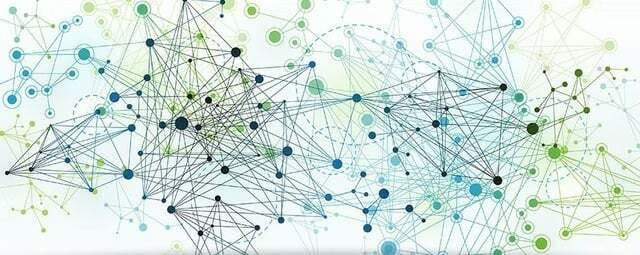Big Data Explained in 2 Bullet Points

Big Data is a term that is becoming increasingly common within information technology, yet few people understand it well enough to describe it succinctly.
Let’s change that.
Big Data is a new approach to data processing that has two primary components, 1) how data is stored, and 2) how data is analyzed. Here are the two central concepts:
Collect everything instead of only a few things. In the past we were extremely limited in what data we could capture and store about any particular event, whether it was a census, an earthquake, or a weather pattern. Advances in storage technology enable Big Data to pull in vast quantities of data and store it for analysis.
Let the data guide the questions, instead of the questions guiding the data. In the past we’ve always started with questions in our minds, and we’ve gathered data to try to answer them. With Big Data we often reverse that process by letting the data speak for itself, which allows us to see patterns that guide the formulation of more intelligent questions.
And in table form:
The compelling force behind Big Data is that it can be applied to virtually any issue we face as humans. Whether it’s energy, logistics, medicine, or social science, Big Data brings the hope of illuminating both new perspectives and new solutions to our problems.
This is why people are so excited about it.